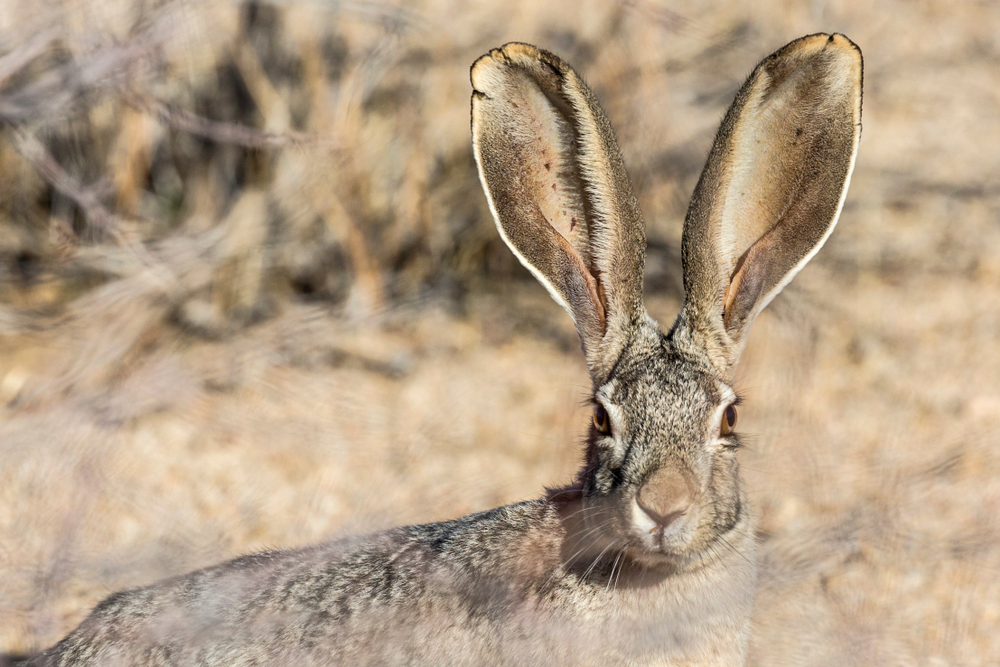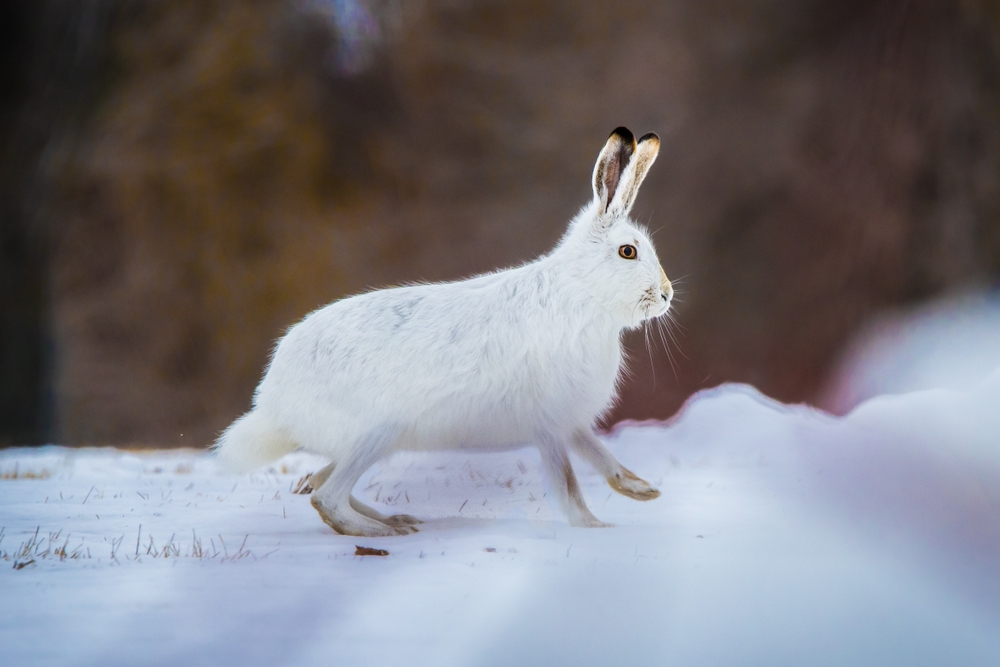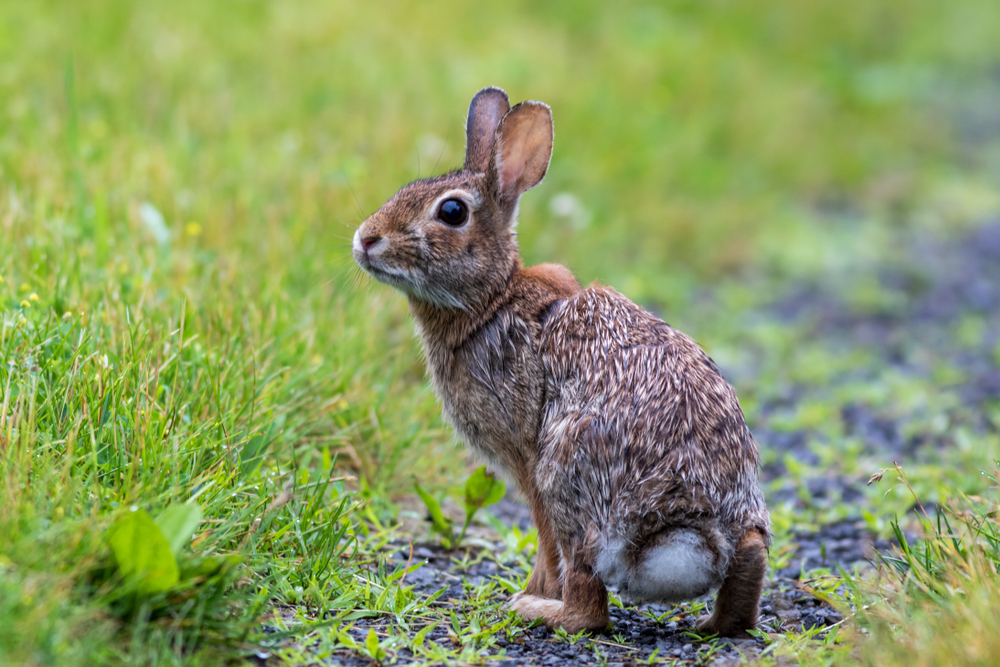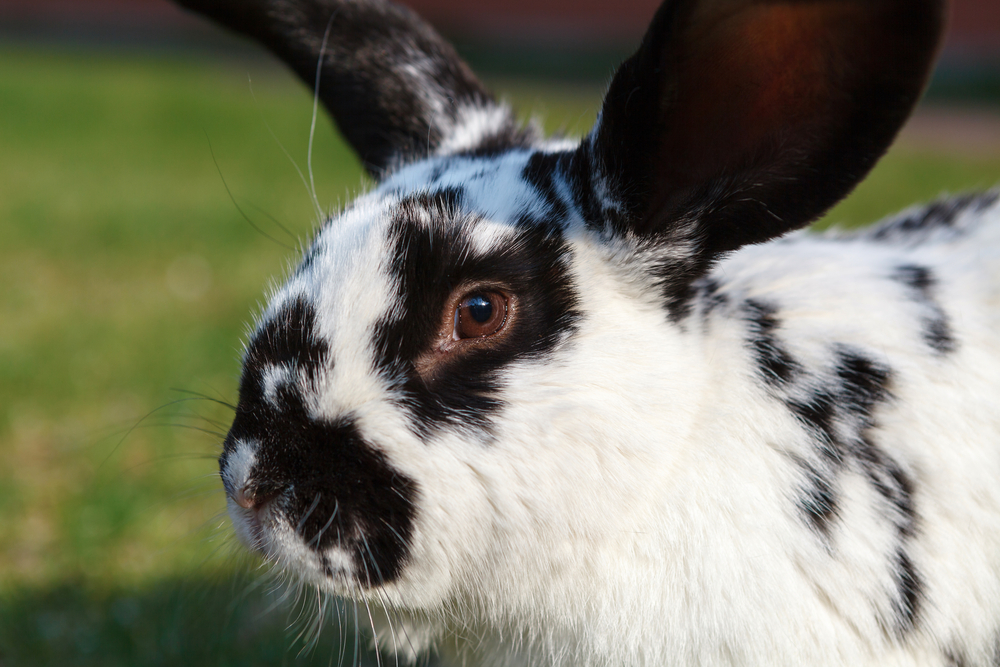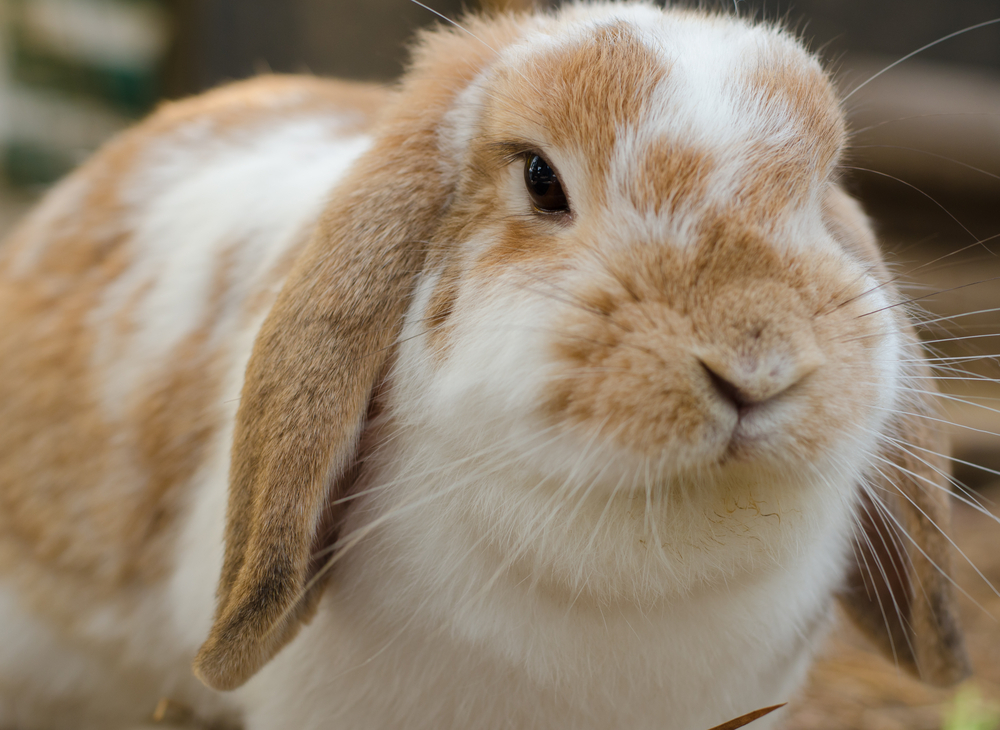About
#Mammals
The jackrabbit is a large, fast-running hare found throughout North and Central America, known for its long ears, powerful hind legs, and incredible speed. Despite its name, the jackrabbit is not a rabbit but a hare, belonging to the Leporidae family and the genus Lepus. Common species include the black-tailed jackrabbit (Lepus californicus) and the white-tailed jackrabbit (Lepus townsendii), each adapted to arid deserts, prairies, and open grasslands.
Jackrabbits are built for speed and survival. Adults weigh 2–4 kilograms (4.4–8.8 pounds) and can measure up to 60 cm (24 inches) in body length, with ears that may reach 15 cm (6 inches) long. These oversized ears serve not only to enhance hearing but also to help dissipate heat in hot environments. With their long legs and muscular build, jackrabbits can reach speeds of over 60 km/h (37 mph) and leap more than 3 meters (10 feet) in a single bound to escape predators like coyotes, hawks, and foxes.
Unlike rabbits, jackrabbits do not burrow. They rest in shallow depressions called “forms” and rely on their speed and camouflage for protection. They are primarily herbivores, feeding on grasses, shrubs, cacti, and bark, and their diet shifts with the seasons and local plant availability.
Jackrabbits are typically solitary or found in loose groups, and females give birth to precocial young—leverets—that are fully furred and capable of movement shortly after birth. They are vital prey animals in many ecosystems and help maintain the balance of predator populations.
Iconic symbols of the American West, jackrabbits represent agility, adaptability, and wilderness across plains and deserts.
Threatened:
Extinct
Critically Endangered
Endangered
Vulnerable
Near Threatened
Least Concern



































































